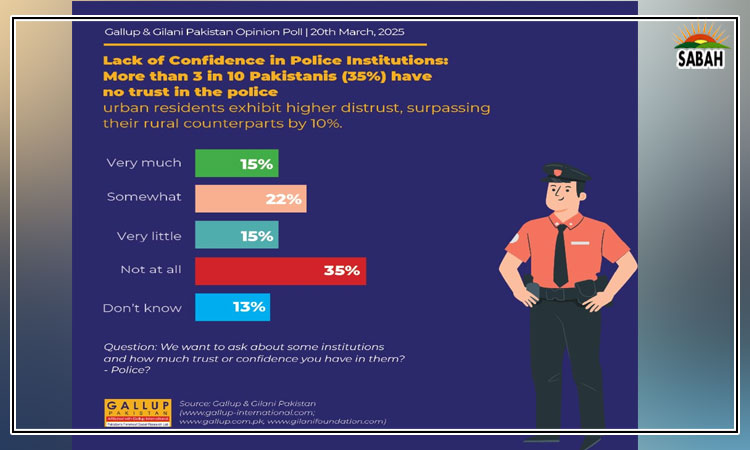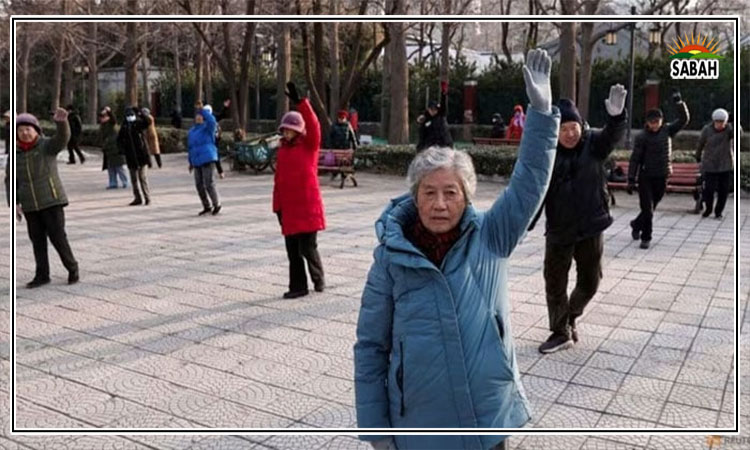Age is not just a number … Hussain H Zaidi
China has decided to raise the retirement age to 63 years for men and 58 for women. Currently, Chinese men and women retire at 60 and 55 respectively. The new superannuation age will be implemented over 15 years. The decision rests on two variables: the increasing life expectancy and the growing share of old people in total population.
The current retirement age in China was fixed way back in 1950. At that time, average life expectancy (ALE) in the country was mere 44 years. Today, it’s more than 78. Likewise, at the moment, the old (aged 65 and above) constitute 14 per cent of the Chinese population. The share is projected to reach 25 per cent by 2050.
Thus China’s decision to increase the superannuation age rests on demographic factors – and rightly so. In several other emerging and advanced economies as well, the retirement age has been raised in recent years on the basis of demographic criteria. In the US, where ALE is 77.5, the retirement age is 67. The average retirement age in EU countries in 65, with ALE of 81. The Scandinavian nations have a range for superannuation. In Norway, ALE is 82.3, while the retiring age is 62-75 years. Japan has ALE of 85 years and retiring age of 65.
In South Asia, Sri Lanka has the highest ALE of 77.2 years but male and female employees have to call it a day at 63 and 58 respectively. India has ALE of 68 years but has the same retirement age as in Pakistan: 60. The ALE in Pakistan is 69, a year higher than India’s. Bangladesh has a higher ALE – 74 years – than both Pakistan and India but the employees have to quit at 59.
During the past two decades, governments in Pakistan have considered jacking up the superannuation age to 63 or 65 years. Committees were constituted and re-constituted and retired senior bureaucrats were hired. Strangely enough, on each occasion, the proposal was undergirded not by demographics, which is a universal practice, but by economic factors. In fact, an increase in superannuation age has formed an important part of the economic revival agenda.
Logically and empirically, the link between ALE and superannuation age is strong. The case for retirement primarily rests on the fact that as people grow older, they tend to become weaker both physically and mentally. A high standard of living can, however, slow down aging. Several countries have seen an increase in the retirement age in response to an enhanced ALE. Developed countries and most emerging economies have a relatively high ALE and a correspondingly high retiring age.
However, taking into account Pakistan’s demographic factors, it can be said that an increase in superannuation age will not only be uncalled-for but counterproductive as well. Here are the reasons:
Pakistan already has one of the lowest gaps between the ALE and the retiring age, which is nine years. Increasing the retirement age to 65 or 63 will further shrink the gap, which means the workforce will be too old relative to ALE when it retires. This will for sure put the skids under civil servants’ ability to deliver. Besides, in Pakistan older people (60 and above) by and large are not inclined to regular exercise and are generally unfit.
The majority of the advanced and emerging economies are undergoing a major demographic shift in the form of a shrinking young population, and an expanding old population. Therefore, older people are required to put in a few more years of service so as to curtail the population dependency ratio. By contrast, demographically, Pakistan is among the youngest countries in the world as more than 64 per cent of our population is under the age of 30. In fact, if at all, our demographic credentials warrant a downward revision of the superannuation age.
An upward revision of the retiring age will most benefit the highest ranked civil servants – federal secretaries and those holding equivalent posts – who will get more years to enjoy their privileged positions. These top bureaucrats, who are primarily responsible for the decadence of the civil service institution, and thus governance, are the least deserving of getting an extension.
In a world which puts a high premium on specialization, the majority of them being generalists have at best a skin-deep understanding of the intricate issues they are supposed to apply their minds on. What’s worse, they have a creed like faith in the otherwise anachronistic principle of administrative efficiency that looks upon employees’ reshuffle and penalization as the panacea to every problem. The sooner this breed goes home, the better it will be for the country.
That said, in case the government believes that a senior bureaucrat is such a rare gem that without their services the economy or civil administration will fall apart, they can be given an extension as permissible under the Civil Servants Act.
An increase in the retirement age will put the brakes on job creation. The recent contraction in economic growth has hobbled employment generation in the private sector. If for three years, no civil servant retires, job opportunities will arise in the public sector only in the event of the demise of an employee or his/her decision to call it quits. Few things make a government more unpopular than rising employment.
The soft underbelly of the civil service is its incompetence, not the retirement age. The government’s focus should be on taking up the slack of civil service reforms rather than mulling measures that would leave the institution even slacker.
We may now turn to the ‘economics’ of raising the retirement age. The economic argument rests on the government’s desire to widen a perennially narrow fiscal space available to it by delaying the disbursement of the monetary package – pension and gratuity – given to the retiring employees. This proposal may also have the blessings of the multilateral donors, which have the knack of coming up with short-term solutions to deep-rooted problems.
The extension in superannuation age, say by three years, will help the government save billions, as neither will new pensioners wbe added to an already long list nor retirement allowances will have to be paid. The average pension period will also be cut by three years, as the employees will be hanging up their boots at 63 instead of 60.
The fundamental flaw in such an argument is that the ensuing ease on the public exchequer will be only for three or such number of years for which the retirement age is extended. After the period has expired, the disbursements will have to be made – unless of course the superannuation age is again extended. Hence, from economic standpoint, the proposed increase in the retirement age largely amounts to kicking the can down the road – an example of how governments in Pakistan characteristically shelve a complex problem rather than try and solve it.
Not only that, since the gratuity is linked to the number of years that an employee has put in, the extension in service period will inflate the post retirement package. As a result, the government may end up spending far more on permanent basis than it would save in three years. Thus an increase in the retirement age doesn’t make much of an economic sense, either.
Nor does such a measure constitute a credible solution to the ever rising fiscal deficit, which entails a sustained increase in public revenue. Below the ruling party’s attempts to cut fiscal deficit wholly or mainly by slashing the public expenditure lurks the admission that it can’t make the non-salaried class – the corporations, landlords, traders, and professionals – contribute their due share to the national kitty.
The writer is an Islamabad-based columnist. He tweets/posts @hussainhzaidi and can be reached at: hussainhzaidi@gmail.com
Courtesy The News












